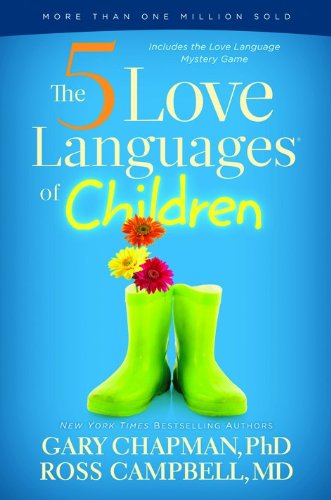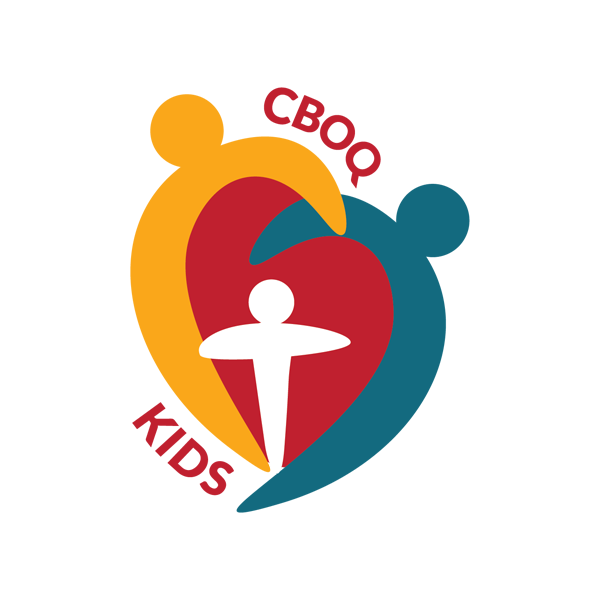
The 5 Love Languages of Children
At our very core we are all relational beings – we desire love, care and affection and we require it daily. As adults we have had years of experiencing love, whether it be an abundance of it, a lack of it or seasons of it, we have all had our fair share of experiencing the intricacies of love. For children though the concept of love is still being formed. Love sounds simple as an idea but is also an incredibly abstract concept that is open to an immense amount of interpretation.
Let me introduce you to something called the “Signifier” and the “Signified”. The Signified refers to an idea or concept while the Signifier refers to a physical object, visual item or sound. For example the Signified concept or word may be “tree” and the Signifier may be a picture of a Christmas tree. The complications arise when we consider that the signifier is often conjured internally in the mind of an individual. What this means therefore is that while the Signified concept remains the same, the signifier is subject to change based on the individual interpreting it. So if the Signified concept is a “tree” one individual may believe the Signifier to be a thick, tall, full evergreen Christmas tree while someone else may believe the signifier to be a maple tree with a long, thick trunk and full, leafy branches.
So what does the principle of the Signifier and the Signified have to do with love? Well if the abstract concept of love is used as the Signified then we must conclude that the Signifier is open to interpretation based on the individual interpreting it. Some may hear the word love and think of a heart, others may think of a couple holding hands, and others still will hear the word and think of a couple on their wedding day. The concept remains the same but the images associated with it remain open to interpretation. Love then proves to be a very interesting and complicated topic. One individual’s idea of what love looks like may be very different from someone else’s idea of love. This also means then that we all may have contradicting ideas about not only how to show love but also about how it is received.
In “The 5 Love Languages of Children”, authors Gary Chapman and Ross Campbell explore how parents can determine the ways in which their children best receive love. If this is the first time you’re hearing about the 5 Love Languages let me explain what this book is all about. The premise of the book is that we all have a primary way that we show love and receive love and in many cases those ways of showing of love differ from the ways that we receive it. The 5 Love Languages are as follows; Physical Touch, Words of Affirmation, Quality Time, Gifts and Acts of Service. Chapman and Campbell use the first 5 chapters of the text to introduce and explain how each love language is expressed in young children and teenagers. Throughout the chapter it explains how a child will reveal to you what their love language is, how you as a parent can show them love in that way and what a child will say to help you know when they are feeling most loved. What is incredibly interesting about the love languages is the realization that the way we demonstrate love is not always the same way that we receive love. The way I receive love best is through Words of Affirmation and Quality Time but those are not the ways that I show love – I demonstrate my love for others through Acts of Service and Gifts. What we as individuals need to realize then is that when we think we are showing someone we love them they may in fact not feel very loved. The way we show love may not be how they receive it. This is the same with Children. As Parents the way you show love to your children may be very different from how your child best receives love. Chapman and Campell remind parents that with children the goal is to always keep their love tank full which means you need to be loving them with all 5 love languages. But you also as their parent need to recognize the ways your children receive love best and work towards loving them well in that way (regardless of the fact that this may or may not be the way you best demonstrate love). Through this text Chapman and Campbell teach Parents how to identify the ways in which their children need to be loved and how working towards loving them well in that way will set them up well for understanding love, care and affection in the future.
Some other topics covered in this text include:
- How to discover your child’s primary love language
- Discipline and the love languages
- Learning and the love languages
- Anger and love
- Speaking the love languages in Single-Parent Families
- Speaking the Love Languages in marriage
If you find this an interesting read you can also check out more by Gary Chapman:
- The Five Love Languages; The Secret to love that lasts
- The Five Love Languages; Singles Edition
- The Five Love Languages for Teenagers
- The Five Love Languages; Mens’ Edition

+ There are no comments
Add yours